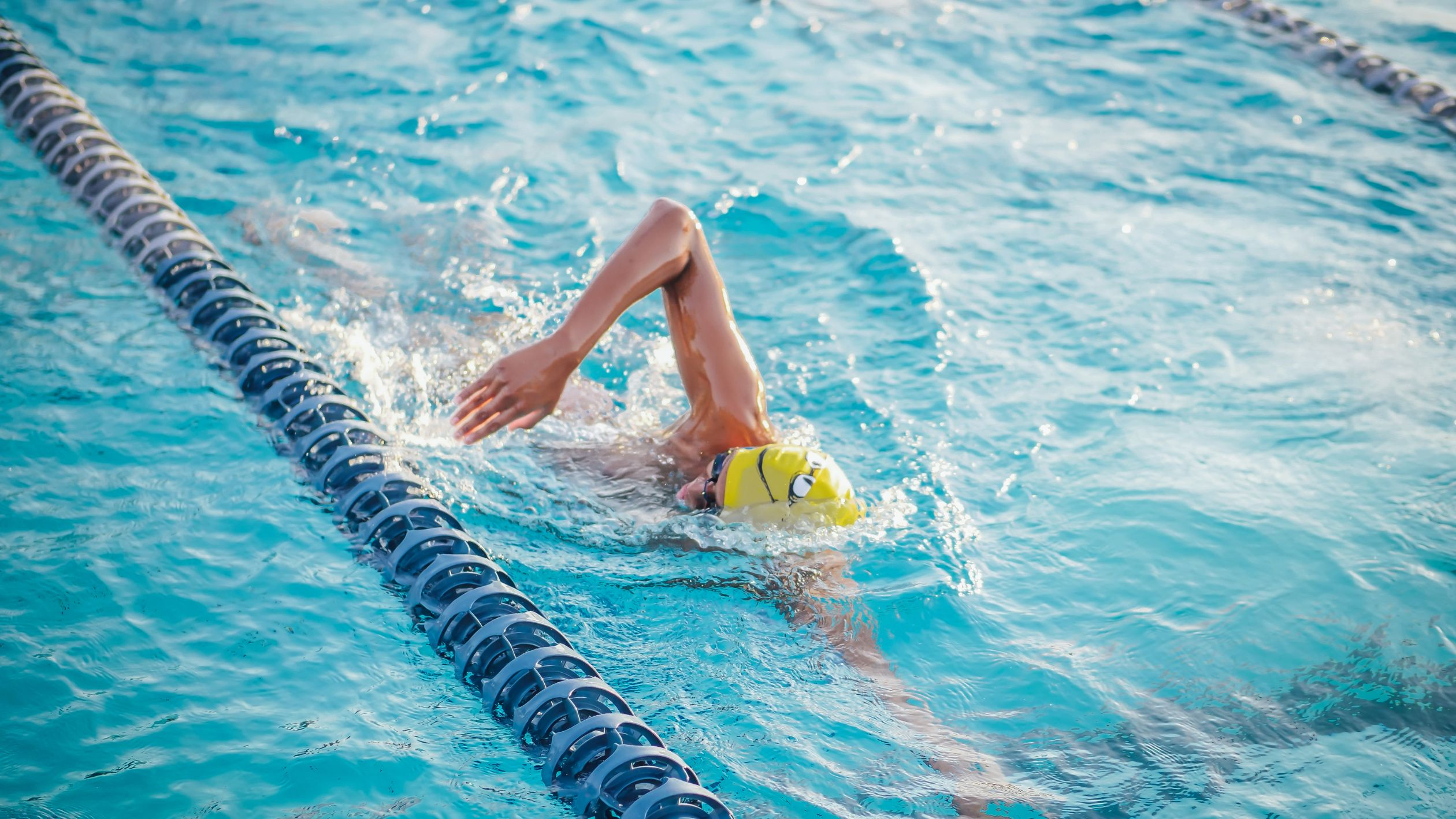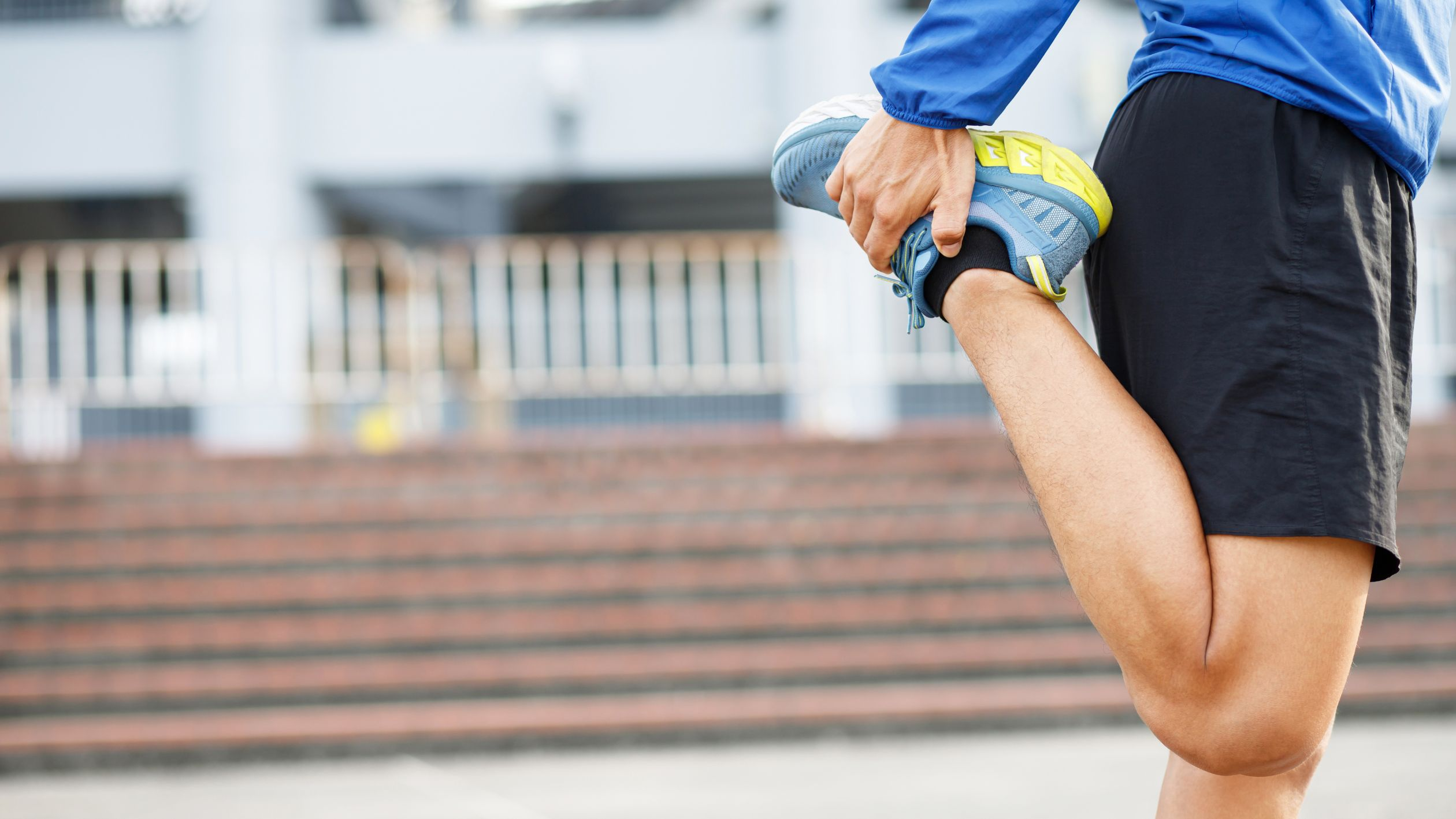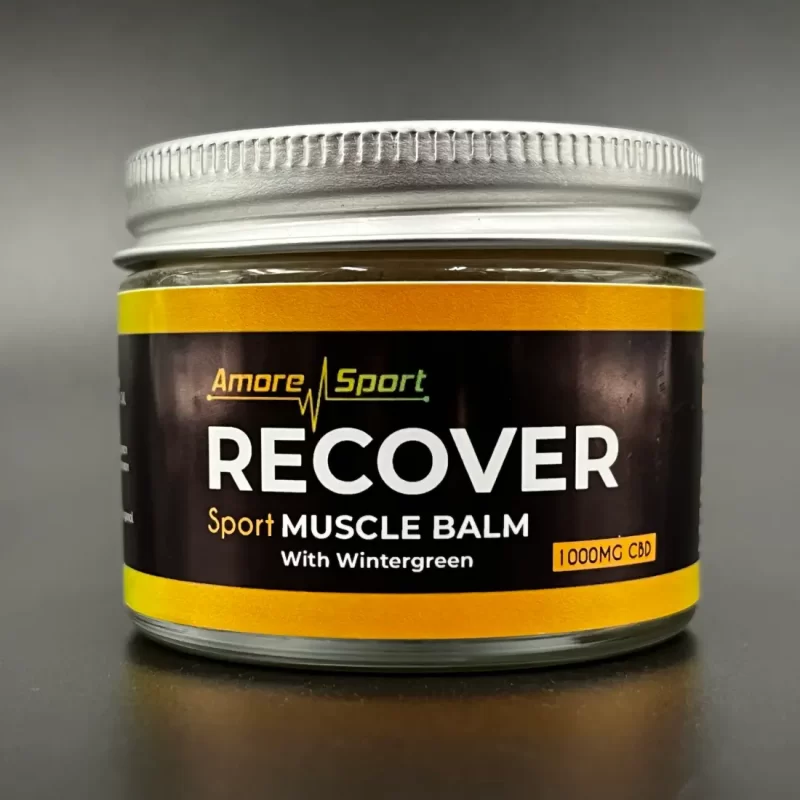Are you wondering what to do when muscles are sore post-exercise? It’s a common dilemma focusing on the connection between workout intensity and muscle recovery. This article breaks down the science behind soreness and equips you with effective strategies to alleviate pain and accelerate healing.
Key Takeaways
- DOMS is a natural response to muscle strain, occurring from microscopic tears in the fibres, particularly during eccentric contraction exercises, and it is not essentially linked to muscle growth or strength improvements.
- Hydration plays a crucial role in muscle recovery by maintaining electrolyte balance, improving blood vascular conductance to muscles, and aiding in the removal of metabolic waste, which can prevent and alleviate muscle soreness.
- Incorporating light exercise such as walking, swimming, or yoga as active recovery can help promote circulation, facilitate the removal of metabolic waste, and reduce the discomfort associated with DOMS, thereby priming muscles for future workouts.
Understanding Muscle Soreness and Its Causes
Muscle soreness is not just a badge of honour for your hard work; it’s a natural part of the muscle strengthening process. Delayed onset muscle soreness, or DOMS, is that familiar stiffness and pain that creeps in 24 to 48 hours post-exercise, especially when you’ve introduced your body to new or intense activities. These aren’t just random aches; they’re signs of microscopic tears in your muscle fibres, which occur during workouts that challenge your muscles beyond their usual limits. And let’s dispel a myth: it’s not lactic acid build-up that’s the culprit here; that theory has long been debunked. In fact, onset muscle soreness doms and delayed onset muscle soreness are often used interchangeably to describe this phenomenon.
While the immediate tenderness you feel during or right after a workout is acute muscle soreness, DOMS is the sensation that arrives fashionably late, reminding you of your efforts once the workout is long over. Eccentric muscle contractions, think of the lowering phase of a biceps curl, are particularly good at throwing a DOMS party in your muscles. This type of contraction happens when your muscle fibres lengthen under tension, like when you’re running downhill or performing negative reps in weightlifting.

The Role of Hydration in Easing Muscle Soreness
Quenching your thirst is not just about staying comfortable during a sweat session; it’s a critical component of your muscle recovery strategy. Water is the elixir that maintains the delicate balance between electrolytes and fluids, essential for keeping your nerves and muscles in prime performance shape. Dehydration is a sneaky saboteur that can reduce blood flow to your working muscles, leaving them more prone to soreness and slowing down your recovery.
Ever wondered why your muscles seem to scream louder after a workout when you haven’t kept up with your water intake? It’s because adequate hydration is key to maintaining muscle vascular conductance, ensuring that your muscles are well-fed with blood, oxygen, and nutrients, even when they’re under the strain of recovery. Think of water as your personal muscle chauffeur, driving essential recovery agents to the muscle sites and flushing away the metabolic debris that contributes to soreness.
Thus, once you’ve completed a strenuous workout, replenishing your body’s fluid balance is as crucial as refuelling with a protein shake.
Amore Sport CBD Muscle Balm with Wintergreen
Whether you’ve overextended your legs during exercise, or had a long day at the office or in the garden. Our Recover Balm is a deeply nourishing CBD Muscle Balm that will help to soothe your skin, whilst providing targeted relief from muscle and joint pains.Easy to apply and absorbs quickly, it provides fast acting relief….…
Gentle Movements for Sore Muscle Relief
The idea of further movement might be daunting after an intense workout, but consider this. Gentle movement can be a soothing balm for your aching muscles, promoting circulation and kickstarting the healing process without exacerbating soreness. Activities like walking, swimming, and yoga are the unsung heroes of active recovery. They’re like a comforting massage for your muscles, increasing blood flow, mobility, and helping to ease muscle soreness by clearing out that pesky lactic acid.
Walking is a particularly effective form of active recovery. It’s simple, accessible, and can be as gentle or brisk as your body allows. Plus, it gets the blood pumping in a way that’s similar to the effects of a massage, helping to reduce the risk of post-exercise muscle soreness. Gentle exercises enhance blood flow to muscle tissues and facilitate the removal of metabolic waste, thereby aiding muscle recovery and offering relief from the discomfort of DOMS.

Nutrition’s Impact on Muscle Recovery
Imagine your body is a high-performance machine—which, in many ways, it is. The fuel you put into it post-workout can either speed up your recovery or slam on the brakes. Anti-inflammatory foods are like premium fuel, easing muscle soreness and reducing swelling to get you back in action faster.
On the other side of the plate, protein and carbohydrates are the dynamic duo for muscle repair and recovery. They’re the construction workers that rebuild and replenish, with foods like:
- Taro root
- Bananas
- Oatmeal
- Omega-3 fortified eggs
leading the charge.
On the flip side, while that greasy burger might be calling your name post-workout, high-fat, high simple-sugar foods are the equivalent of putting sand in your gas tank. They can slow down recovery and amplify muscle soreness. Instead, opt for recovery-boosting meals like smoothies packed with berries, turkey wraps, or yogurt with a sprinkle of nuts and fruit. These choices aren’t just tasty; they’re tactical, giving your body the nutrients it needs to bounce back better than before.
Our Muscle Recovery Balm Helps reduce Inflammation and swelling in the affected area. After a hard workout or intense game, it’s important to take the time and properly recover – Faster After Sport Recovery.
Heat Therapy vs. Cold Therapy: Which Is Best for Sore Muscles?
The age-old debate: to chill or to heat—that is the question. When it comes to muscle recovery, both cold and heat therapy have their time and place. Cold therapy is like the cool, calm friend who steps in to soothe your muscles, numbing the pain and significantly reducing swelling and inflammation. It’s an MVP in the immediate aftermath of an injury, helping to limit the body’s inflammatory response and bleeding.
Conversely, heat therapy serves as a comforting relief for your tense and fatigued muscles, helping to relieve pain. By increasing blood flow, it aids in the healing process, helping to eliminate the by products of muscle exertion like lactic acid. Applying heat can reduce joint stiffness, muscle spasms, and bring about a sense of relaxation that’s oh-so-welcome after a hard workout.
The Importance of Stretching for Muscle Health
Stretching is often the unsung hero in the world of fitness, but it’s time to give it the spotlight it deserves. Dynamic stretching brings your muscles and joints through their full range of motion, actively contracting muscles to prime them for action. It’s like a rehearsal for your body, optimizing muscle elasticity and performance without leading to muscle fatigue. Just remember, too much of a good thing can be harmful, and overdoing dynamic stretches before activity can actually lead to decreased performance.
In contrast, static stretching is the cooldown that your muscles crave after they’ve been put through their paces. It has a relaxing effect, increasing your range of motion and reducing stiffness—like a gentle reminder to your muscles that the hard work is over, and it’s time to unwind. And while static stretches might seem like a pre-workout no-no, short-duration stretches of less than 60 seconds can be included in your warm-up to help prevent injury without negatively impacting your performance.

Summary
As we wrap up our exploration into the world of muscle recovery, remember that sore muscles are a normal part of the fitness journey. By understanding the causes of muscle soreness and employing strategies like proper hydration, gentle movements, smart nutrition, foam rolling, and the appropriate use of heat or cold therapy, we can effectively manage discomfort and enhance muscle recovery. Don’t forget the importance of stretching for muscle health. With these tools in your arsenal, you’re well on your way to bouncing back stronger and more resilient than ever, transforming what was once a dreaded experience into a stepping stone for growth and improved performance.
Frequently Asked Questions
Is it OK to workout when muscles are sore?
It’s generally okay to workout with sore muscles as long as the soreness doesn’t affect your movements and you don’t feel achy or worn-out after warming up. This is a sign that the muscles are ready for exercise.
Does muscle soreness mean good?
Muscle soreness after a workout is not necessarily a good indicator of an effective workout. It can show that you’ve pushed yourself, but it doesn’t guarantee a good workout.
What should you do when your muscles are sore?
When your muscles are sore, you should try gentle stretching, muscle massage, rest, and temperature therapy like ice or heat to help reduce inflammation and increase blood flow. These methods can help relieve muscle soreness effectively.
Is it normal to feel muscle soreness after every workout?
It’s common to experience muscle soreness after new or intense workouts, but it’s not necessary to feel sore after every workout to make progress in muscle growth or strength.
How can I prevent dehydration from impacting my muscle recovery?
To prevent dehydration from impacting muscle recovery, focus on maintaining proper hydration before, during, and after your workouts by drinking plenty of fluids and incorporating hydrating foods into your diet. This will support your overall muscle recovery.




